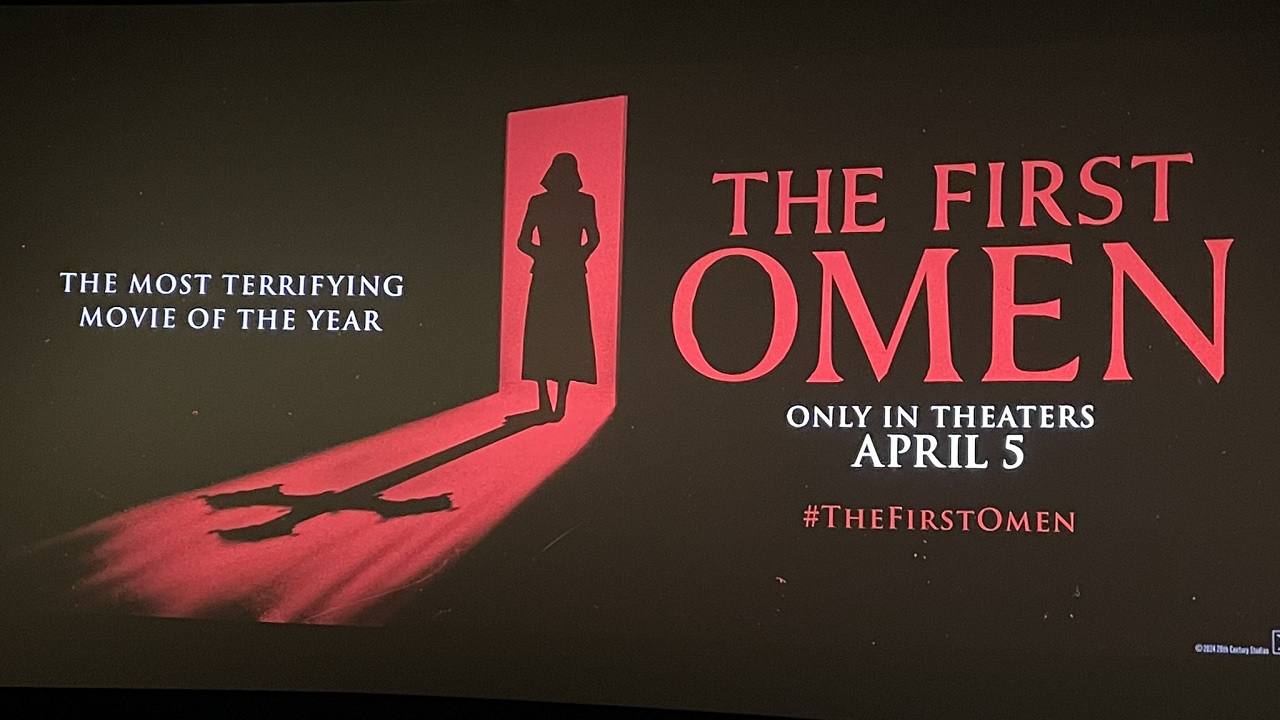In the fog-shrouded countryside of Romania, an American art historian named Clara Wynne arrives at the remote village of Lucavesti to study a series of ancient frescoes recently uncovered beneath a crumbling monastery. Known only through legends as "The Painted," these murals are said to predate Christianity and were rumored to have driven previous viewers mad. But Clara, grieving the loss of her mentor and desperate to restore her academic reputation, is drawn to them — their colors impossibly vivid, their figures disturbingly lifelike. Against the villagers’ warnings, she enters the sealed chapel alone.

The frescoes seem to shift when unobserved, their painted eyes following Clara through the chapel’s halls. Each panel tells a story — a faceless god descending from the sky, a town driven to madness, and finally, a woman being consumed by her own reflection. The deeper Clara studies them, the more the lines between dream and waking begin to blur. She sees figures from the frescoes in mirrors, in windows, in her own sketches. Her assistant vanishes overnight, leaving behind only a painting of herself — screaming. Clara suspects the art itself is alive, not symbolic, but summoning something.
Soon, Clara discovers that The Painted were created by a forgotten cult, The Order of the Flayed Gaze, who believed that painting was not merely expression, but invocation — a way to trap divinity inside pigment. With each layer revealed, each sketch redrawn, Clara is unraveling the seal. Villagers begin to suffer hallucinations. The monastery walls bleed. The paintings whisper her name. When Clara tries to flee, she finds herself walking in circles — each path leading her back to the chapel. It’s as if the entire landscape has become part of the canvas, and she is being blended into it, stroke by stroke.

In the climactic finale, Clara uncovers a final, hidden panel: herself, half-painted, unfinished. She realizes the cult had selected her — not by chance, but by lineage. Her blood carries the gift of the Seers who once painted the divine into being. Now, the final step is her own surrender. As the fresco absorbs her, color draining from her skin, she makes one last choice: using her own blood, she defaces the original murals with symbols of banishment. Light floods the chapel. The village awakes. But Clara is gone — or so it seems. In a modern gallery months later, a new exhibition titled The Painted opens. One piece catches a critic’s attention — a mural-sized portrait of Clara. Her eyes move. Just slightly. The film ends.


